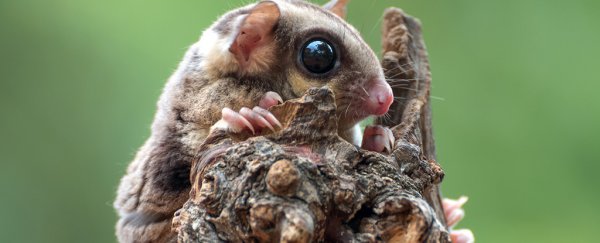Foods, Vol. 13, Pages 1210: Evaluating How Different Drying Techniques Change the Structure and Physicochemical and Flavor Properties of Gastrodia elata
Foods doi: 10.3390/foods13081210
Authors: Rong Ma Hao Cheng Xinyao Li Guoquan Zhang Jianmei Zheng
We evaluated the drying characteristics and structure, as well as the physicochemical and flavor properties, of G. elata treated by hot-air drying (HAD), vacuum drying (VD), freeze drying (FD), microwave drying (MD), and microwave vacuum drying (MVD). We found that MD and MVD showed the shortest drying times, while FD and MVD were able to better retain the active ingredients and color of the samples. However, the different drying methods did not change the internal structure of G. elata, and its main components did not fundamentally change. In addition, E-nose and HS-SPME-GC-MS effectively differentiated the volatile components, and 36 compounds were detected by HS-SPME-GC-MS. Of these samples, alcohols and aldehydes were the main substances identified. In particular, MVD samples possessed the most species of organic volatiles, but the FD method effectively eliminated pungent odors from the G. elata. Overall, MVD shows the most obvious advantages, improving drying rate while maintaining the original shape, color, and active components in G. elata. Ultimately, MVD is the preferred method to obtain high-quality dried G. elata, and our drying-method characterizations can be used to investigate similar structural and chemical changes to similar herbs in the future.

 1 month ago
14
1 month ago
14

